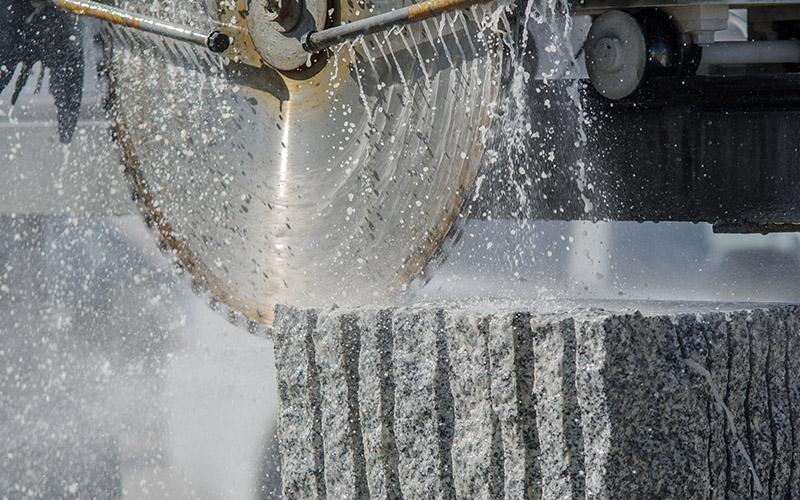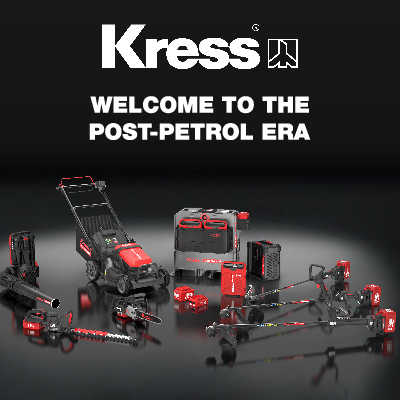
Lung cancer awareness month
November is Lung Cancer Awareness month, which the Health and Safety Executive (HSE) would like to use as an opportunity to raise awareness amongst workers of the risks associated with specific work activities.
Landscape contractors involved in construction of hard landscapes are likely to be exposed to respirable crystalline silica (RCS), which can cause lung cancer and other serious respirable diseases.
Use of a respiratory protective equipment (RPE) such as a facemask alone is not sufficient as a measure to protect operatives from RCS and will not pass scrutiny by HSE inspectors.
HSE guidance for employers helps them manage the risks associated with construction dust. Employers must do three things:
- Assess the risks
- Control the risks
- Review the control
The best solution is to stop dust entirely or isolating it from site. Practical solutions for landscape operatives include:
- Having the product cut by the supplier
- Cutting the product off-site
If this is not possible, the dust should be controlled and prevented from entering the air on-site with the use of:
- Water (to supress the dust)
- On-tool extraction of dust
Respiratory protection equipment (RPE) may also be required, where the other measures do not reduce exposure or cannot be used. The RPE used must be:
- adequate for the amount and type of dust. RPE has an assigned protection factor (APF) which shows how much protection it gives the wearer. The general level for construction dust is an APF of 20. This means the wearer only breathes one twentieth of the amount of dust in the air. Note below and the difference between FFP2 and FFP3:
- FFP2 - 10
- FFP3 - 20
- suitable for the work
- compatible with other PPE
- fit the user. Face fit testing is required for tight-fitting masks
- worn correctly. Anyone using tight-fitting masks must also be clean shaven
Other controls include:
- Limiting the number of people near where the dust is created
- Rotating individuals undertaking the work which creates dust
- Enclosing the work which creates dust
- Selecting work clothes that do not attract and retain dust
Regular checks to ensure the controls are being followed by all staff are also necessary.

